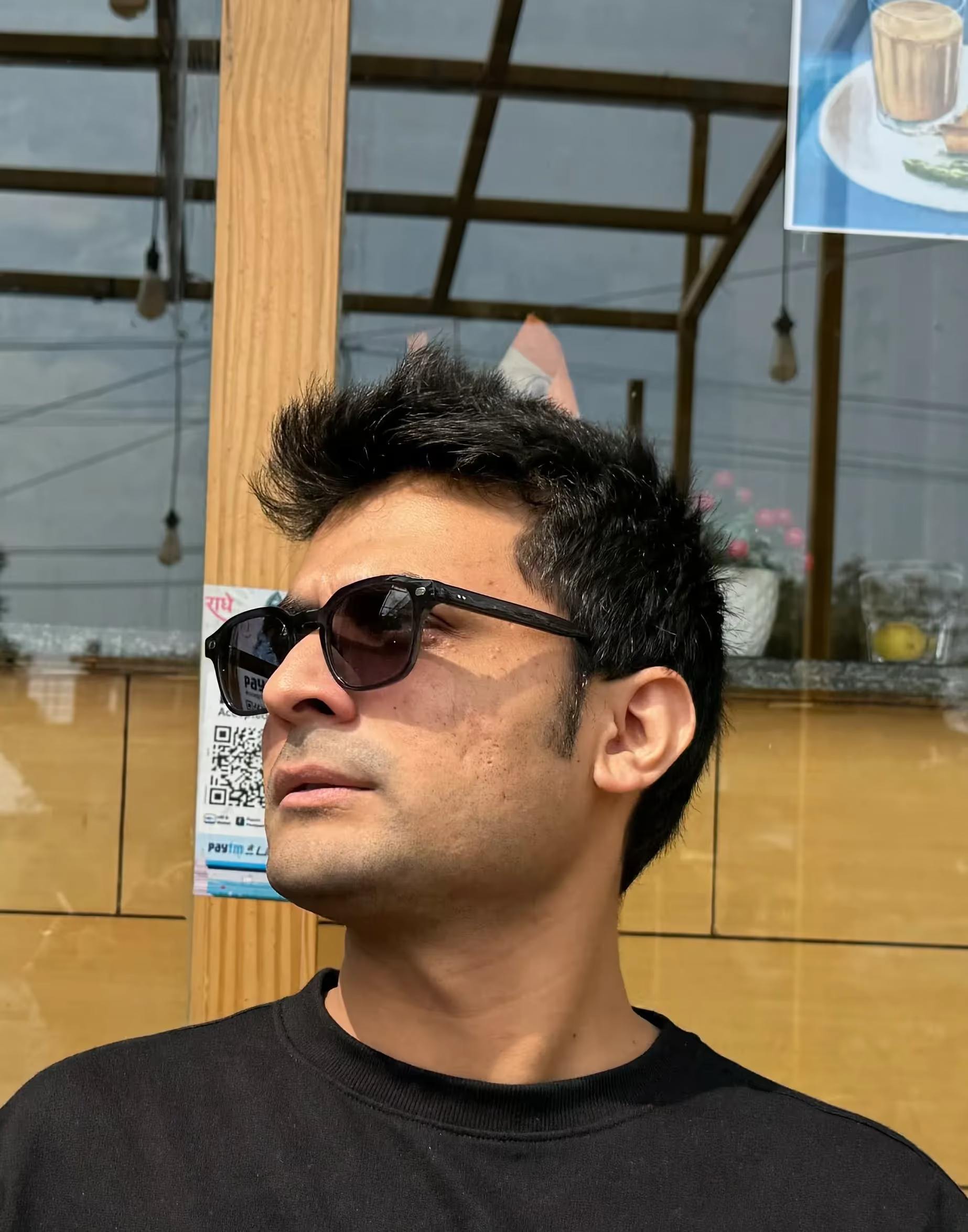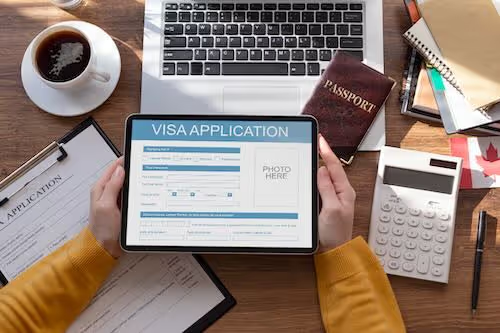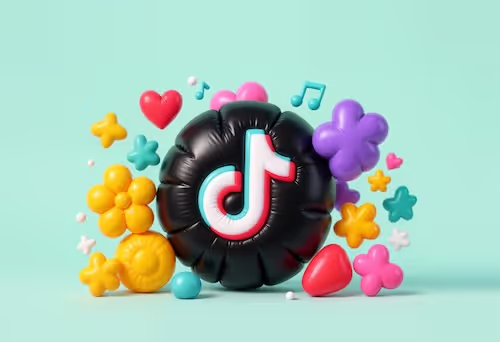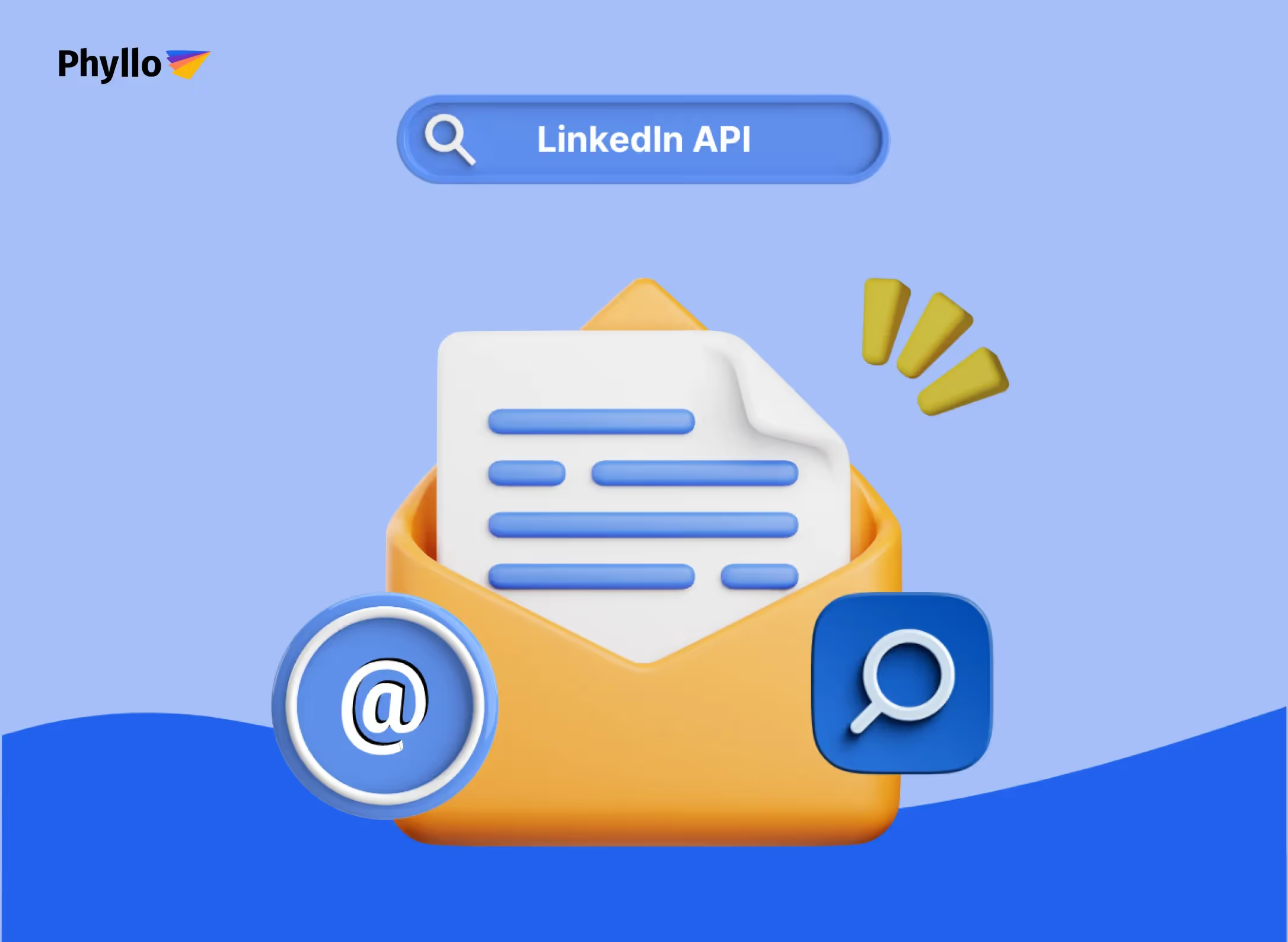Introduction
Influencer marketing has become one of the most powerful growth drivers for brands worldwide. Yet, alongside its benefits lies a hidden risk: influencer scandals that spiral into PR crises, consumer backlash, and even regulatory action. From college admission scandals to tone-deaf ad campaigns, history shows that poor influencer vetting can cost brands billions in lost trust and revenue.
This blog unpacks real-world case studies of influencer marketing gone wrong, exploring what went wrong, what lessons brands can learn, and how risk-tech and social screening APIs can prevent similar disasters in the future.
Want to see real-world examples of brand safety gone wrong? Download our free report Behind the Hashtag: Brand Safety Lessons from Influencer Collaborations.
Why Influencer Marketing Sometimes Backfires
Influencer partnerships can misfire for several reasons:
- Lack of due diligence: Brands failing to review creators’ past content.
- Cultural insensitivity: Partnerships that ignore regional, political, or social nuances.
- Narrative contradictions: Creators whose personal stories clash with brand messaging.
- Slow crisis response: Companies reacting too late to controversies.
The following case studies show how each of these failures plays out in practice.
Case Study 1: Olivia Jade & Sephora / TRESemmé – The College Admission Scandal
Olivia Jade was a YouTube sensation, relatable and aspirational to young audiences. Sephora and TRESemmé partnered with her, expecting strong resonance with Gen Z. But when news broke that her parents paid $500,000 to secure her college admission as a fake rowing recruit, the fallout was immediate.
Old videos resurfaced where she admitted she “didn’t care about school,” undermining her credibility and tarnishing the brands that backed her. Within 48 hours, Sephora cut ties—but to consumers, it was too late.
Lesson for brands: Vet creators’ past content and values, not just their reach. Partnerships must align with authentic lifestyles, or they risk exposing brands to hypocrisy.
Read more- How to Prevent Influencer Social Media Scandals with AI-Based Screening Tools
Case Study 2: James Charles & Morphe – When Drama Becomes Brand-Damaging
James Charles was one of the beauty industry’s biggest creators. Morphe launched palettes with him that sold out within hours. But his history of online feuds and controversial posts foreshadowed risk. In 2021, allegations of inappropriate behavior with minors went public, and James admitted to sexting underage boys.
Morphe ended the partnership—but only after public backlash and trending hashtags urging consumers to destroy James Charles products. The company eventually declared bankruptcy, with the scandal contributing to its decline.
Lesson for brands: Continuous monitoring of creator behavior is vital. Betting your brand’s identity on one volatile influencer is risky—diversify partnerships to minimize fallout.
Case Study 3: Ava Louise & Flat Tummy Co – The Coronavirus Challenge
In March 2020, Ava Louise posted a video of herself licking a toilet seat on an airplane, calling it the “coronavirus challenge.” While she wasn’t in an active campaign at the time, her past partnership with Flat Tummy Co resurfaced in the backlash. Consumers associated the brand with her reckless stunt, damaging its credibility in the health and wellness space.
Flat Tummy Co chose silence, issuing no statement. But silence in the middle of a health crisis only amplified the criticism.
Lesson for brands: Vet creators for alignment with sensitive industries like health and wellness. Crisis response strategies must be swift and empathetic.
Case Study 4: Zoella & Boots UK – The Advent Calendar Disaster
Zoella (Zoe Sugg) was considered a safe, wholesome influencer. But in 2017, Boots partnered with her for a Christmas advent calendar priced at £50. Consumers mocked it as overpriced and low-quality, and soon, old tweets resurfaced where Zoella made classist remarks.
The scandal shifted the narrative from overpriced products to her personal entitlement, damaging both Zoella’s reputation and Boots’ trusted household image.
Lesson for brands: Historical vetting matters. Brands must investigate past content before consumers do. Value misalignment—like a “classist” creator promoting affordable retail—creates contradictions.
Read More- Why Are Employees Fired for Social Media Posts by Employers?
Case Study 5: Chiara Ferragni & Balocco – The Charity Scandal That Sparked a Law
In 2022, Italian influencer Chiara Ferragni partnered with confectionary brand Balocco to sell a Christmas cake, promising proceeds would go to a children’s hospital. A journalist revealed that only a one-time €50,000 donation had been made in advance, while the campaign generated millions.
The backlash—dubbed “Pandorogate”—led to regulatory investigations, €1 million fines, Ferragni stepping down from corporate boards, and the passage of Italy’s Ferragni Law (2024) regulating influencer advertising.
Lesson for brands: Large creators demand greater due diligence. Fact-check all claims in campaigns, especially around sensitive themes like charity, health, and activism.
Case Study 6: Remi Bader & the Body Positivity Contradiction
Remi Bader rose to fame for promoting body positivity and inclusivity, becoming a key voice for plus-size fashion. But in 2025, she revealed she had undergone bariatric surgery in 2023. Followers saw this as a betrayal of her self-love message, and brands like Victoria’s Secret and Maybelline faced backlash for partnering with her.
Lesson for brands: Narrative alignment is critical. When partnering with creators in niche advocacy spaces, brands must be prepared to handle contradictions with grace while reaffirming their own values.
Read more- How to Use Instagram Basic Display API: A Comprehensive Guide
Case Study 7: Sondos Alqattan & MAC Cosmetics – Human Rights Backlash
Kuwaiti influencer Sondos Alqattan publicly criticized new labor laws that gave Filipino domestic workers more rights, stating she didn’t want a maid if she couldn’t keep their passport. The comments went viral, sparking global outrage.
Brands like MAC Cosmetics and Max Factor Arabia cut ties quickly, but damage was already done.
Lesson for brands: Global collaborations demand cultural sensitivity. Vet influencers not just for reach but also for values, especially when campaigns span diverse audiences.
Case Study 8: Kendall Jenner & Pepsi – The Protest Commercial
In 2017, Pepsi released a campaign featuring Kendall Jenner, depicting her resolving a protest by handing a can of Pepsi to a police officer. The ad trivialized the Black Lives Matter movement, sparking immediate global outrage. Pepsi pulled the ad within 24 hours, but the reputational damage lingered.
Lesson for brands: Influencers must have authentic connections to the cause they represent. Tone-deaf campaigns damage both the creator and the brand.
Case Study 9: Samantha Hudson & Doritos Spain – Misogyny Resurfaces
In 2024, Doritos Spain launched a podcast campaign with Samantha Hudson, a bold and outspoken creator. Old misogynistic tweets quickly resurfaced, clashing with Doritos’ goal of celebrating inclusion and diversity.
Lesson for brands: Historical vetting is essential, especially when partnering around sensitive social issues. The internet will always dig up the past.
The Role of Risk-Tech in Preventing These Mistakes
All these scandals share a common thread: lack of due diligence and slow crisis management. Risk-tech and APIs now provide solutions that brands can integrate:
- Influencer Vetting APIs: Fetch and analyze historical content to uncover red flags.
- Social Screening APIs: Scan audio, video, and text for harmful themes at scale.
- Social Media Intelligence APIs: Detect early signals of controversy in conversations, mentions, and hashtags.
- Social Listening APIs: Track audience sentiment and cultural shifts around campaigns in real time.
Platforms like GetPhyllo help brands automate these steps, ensuring partnerships are secure, authentic, and aligned with values.
The Brand Safety Playbook for 2025
Based on these case studies, here’s a checklist for avoiding influencer marketing disasters:
- Audit historical content across platforms.
- Evaluate narrative alignment with brand ethos.
- Monitor ongoing content and partnerships post-signing.
- Include clear contractual safeguards for PR crises.
- Leverage APIs for automated, continuous vetting.
Conclusion
Influencer marketing gone wrong can destroy reputations, reduce market value, and invite legal scrutiny. But with proper influencer vetting, cultural sensitivity, and AI-powered social screening, brands can safeguard partnerships while still leveraging creators’ powerful influence.
The future of creator marketing depends on learning from past scandals and adopting a proactive, technology-driven approach. By combining social listening insights with automated background checks, brands can detect red flags early, avoid PR crises, and ensure creator collaborations deliver trust and impact.
With advanced APIs for influencer vetting, social screening, and social listening, solutions like Phyllo empower brands to build safer, smarter, and more authentic partnerships in 2025 and beyond.
FAQs
1. What are the most common reasons influencer partnerships fail?
They often fail due to poor vetting, cultural insensitivity, narrative misalignment, and delayed crisis responses.
2. How can brands avoid influencer marketing scandals?
Brands should integrate risk-tech solutions, conduct thorough historical content checks, and set contractual safeguards.
3. What tools help in creator vetting?
APIs like Phyllo’s Social Screening and Influencer Vetting API enable automated checks on past posts, audience sentiment, and brand alignment.
4. What was the biggest influencer marketing scandal recently?
The Chiara Ferragni “Pandorogate” charity scandal in Italy (2023) not only damaged her reputation but also led to the Ferragni Law (2024) regulating influencer promotions.
5. Is it better to partner with micro-creators than mega-influencers?
Not always, but micro-creators often pose lower risk. Regardless of size, all creators must undergo rigorous vetting for brand safety.










.avif)
.avif)

.avif)